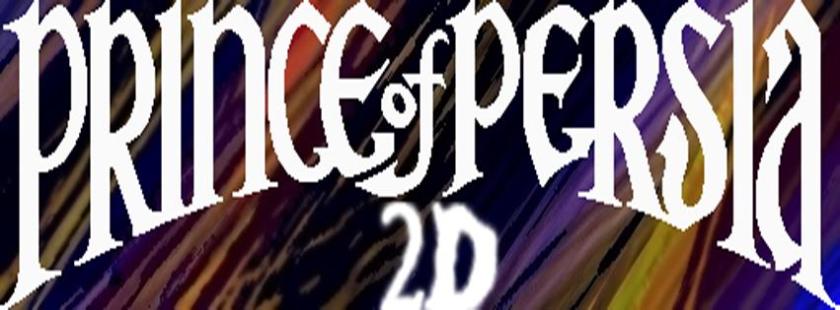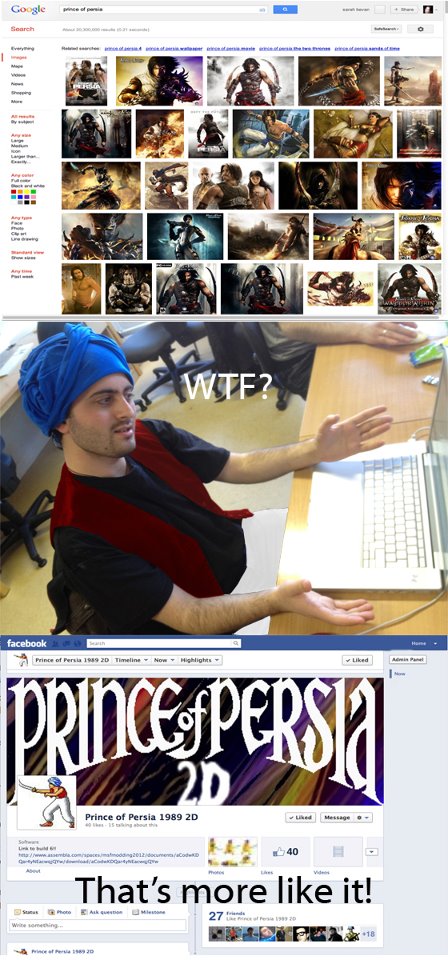Well, we didn’t quite reach the 200 likes we needed in the end but we had fun trying! We did get a lot of really positive feedback from people overall & it was fun to see people’s faces light up with nostalgia when they saw the Facebook page & played the game.
Sarah “went to town” with memes in promotion of the game & they definitely had a positive impact! See some example below!
 Not quite 200 but good enough for me!
Not quite 200 but good enough for me!
My Facebook banner image!
Meme 1!
Meme 2!
Meme 3!
Conclusions
Overall this project was a brilliant learning exercise & reminded me why I chose to do this Masters in the first place! It was extremely challenging (especially for Fabrizio…he may have questioned his own mortality a few times!!) but immensely rewarding in the end.
We learned many things during the course of this module including:
- The basics of the whole game production process on a small scale
- Careful planning is absolutely vital to the success of a project
- Tools like Assembla make life so much easier & help to track the workload & contributions of the group
- The controls & character movements are the number 1 priority, get them sorted 1st!
- Realistic character movements really add a lot to the game experience
- AGAIN…GameMaker is good a some things but useless at others!
- Promotion of a game is not easy:
- You often need to establish a unique selling point or different slant on the game
- You really need to make an impact in the relevant community to get noticed
- If possible get in contact with the original creator(s) of the game
- It’s very easy to lose friends on Facebook with constant promotion of your project on their news feed!
The other projects in the class are well worth a look so here are the links below!
https://www.facebook.com/SnowBrosBrothersInArms
https://www.facebook.com/CastleWolfensteinTheRemake
https://www.facebook.com/PanzerCD
https://www.facebook.com/FallInLoveWithBubbleBobble
https://www.facebook.com/thewingedbeavers
https://www.facebook.com/HourseOutside

























